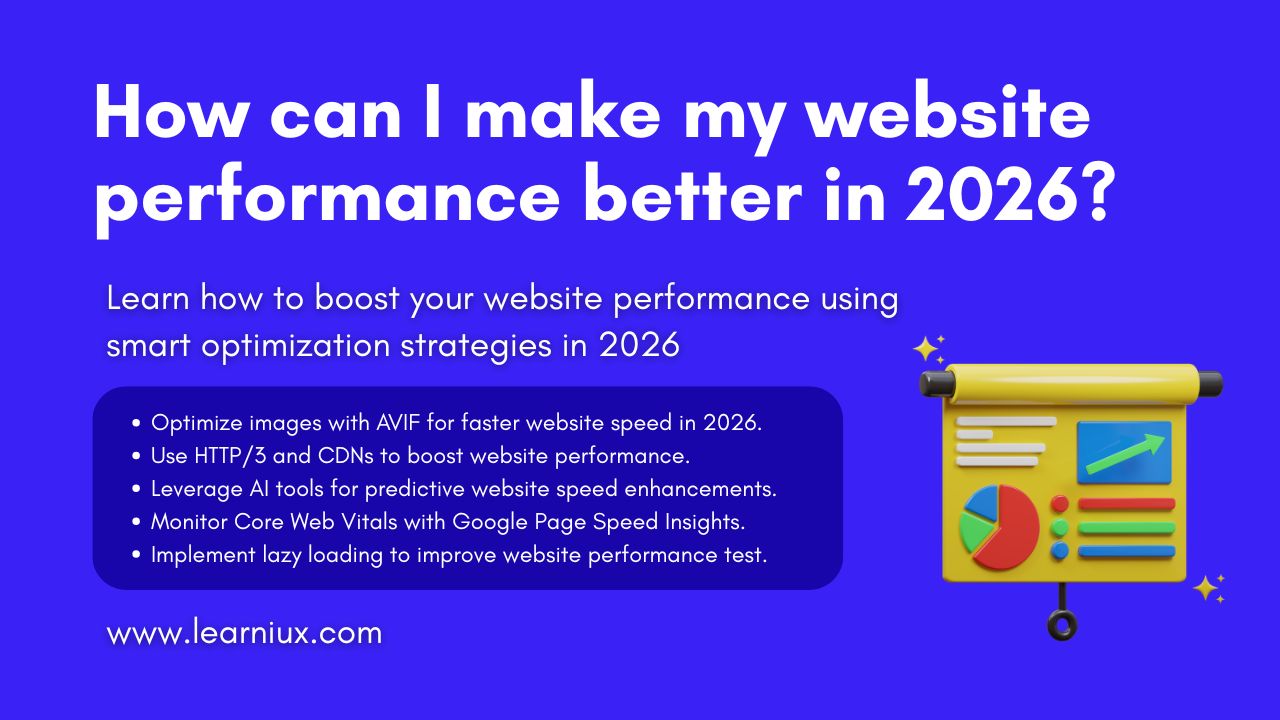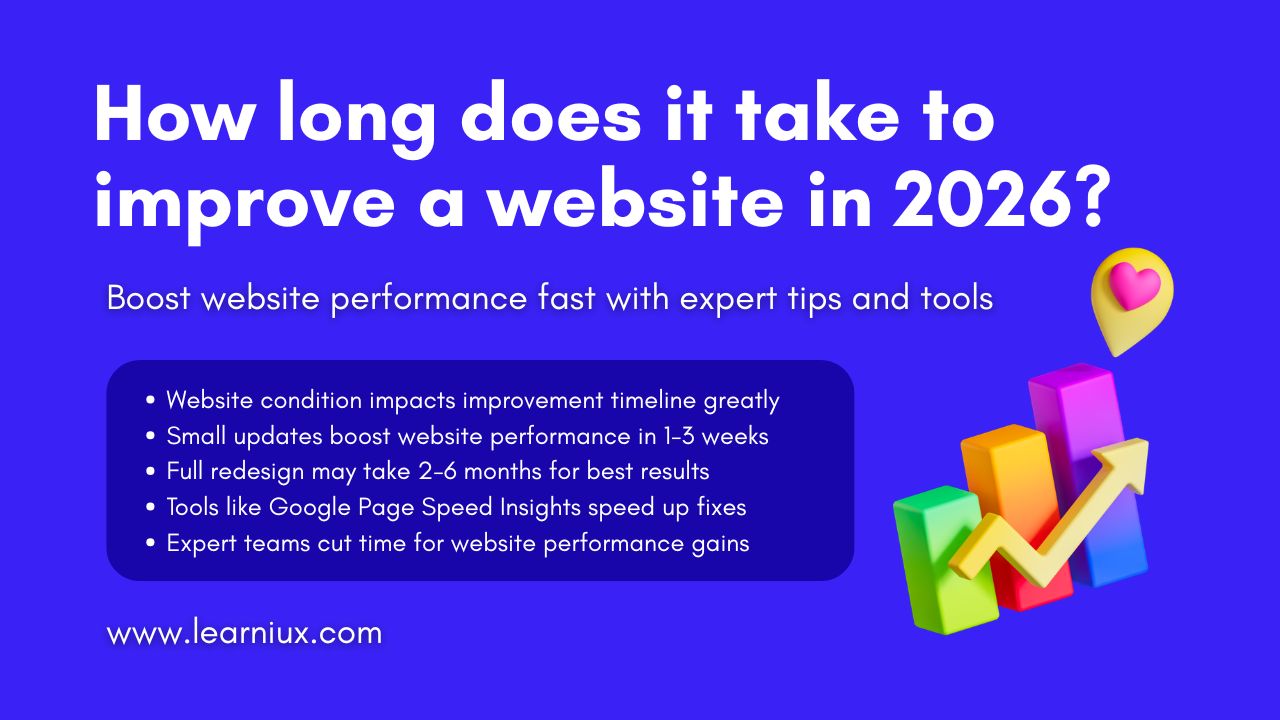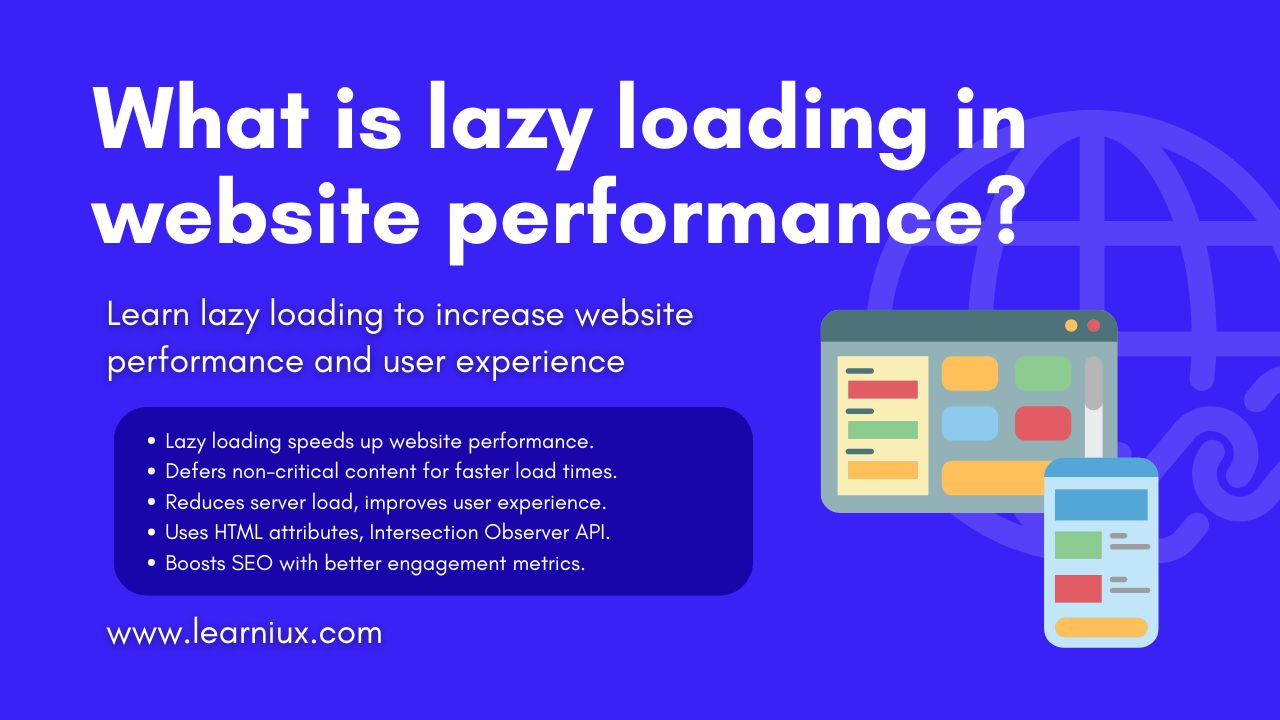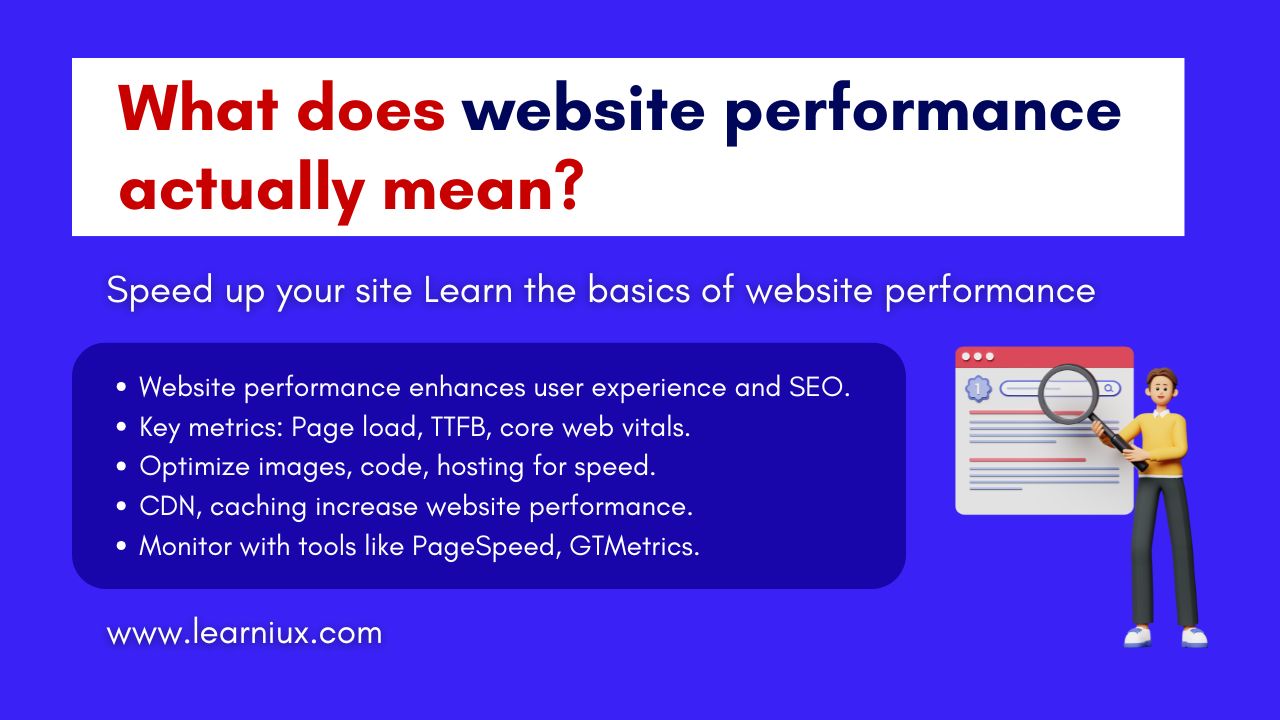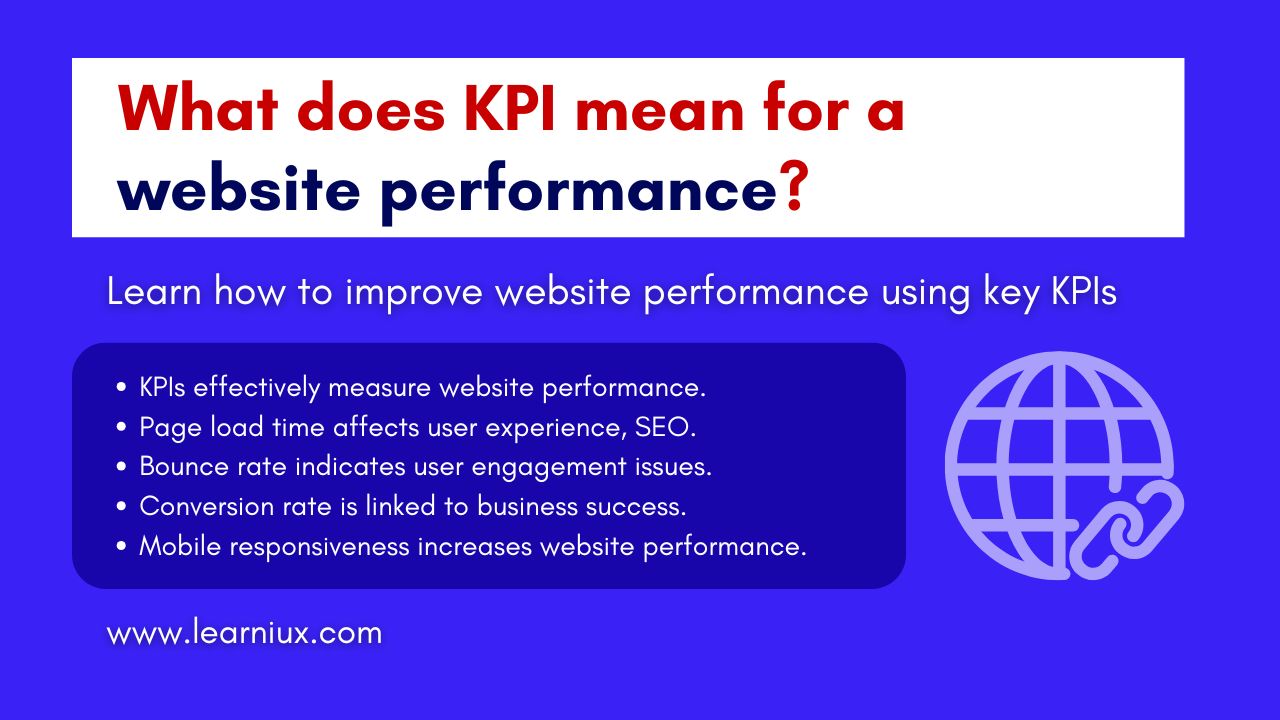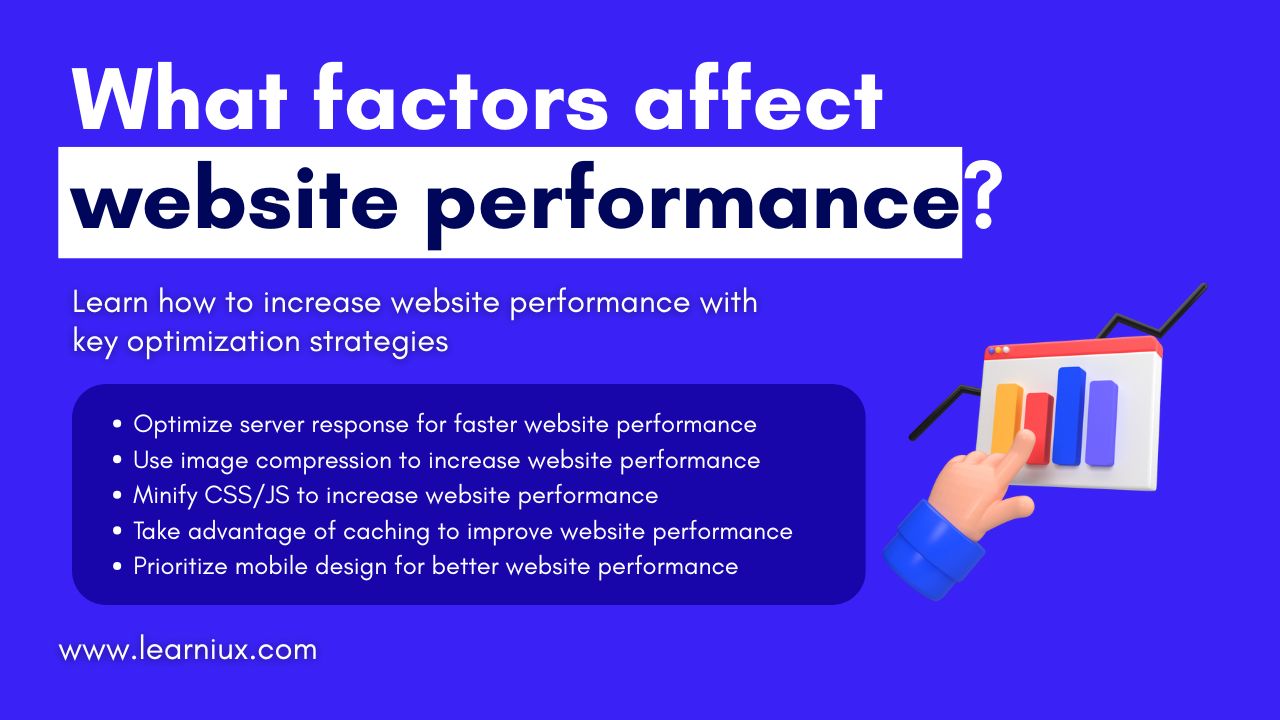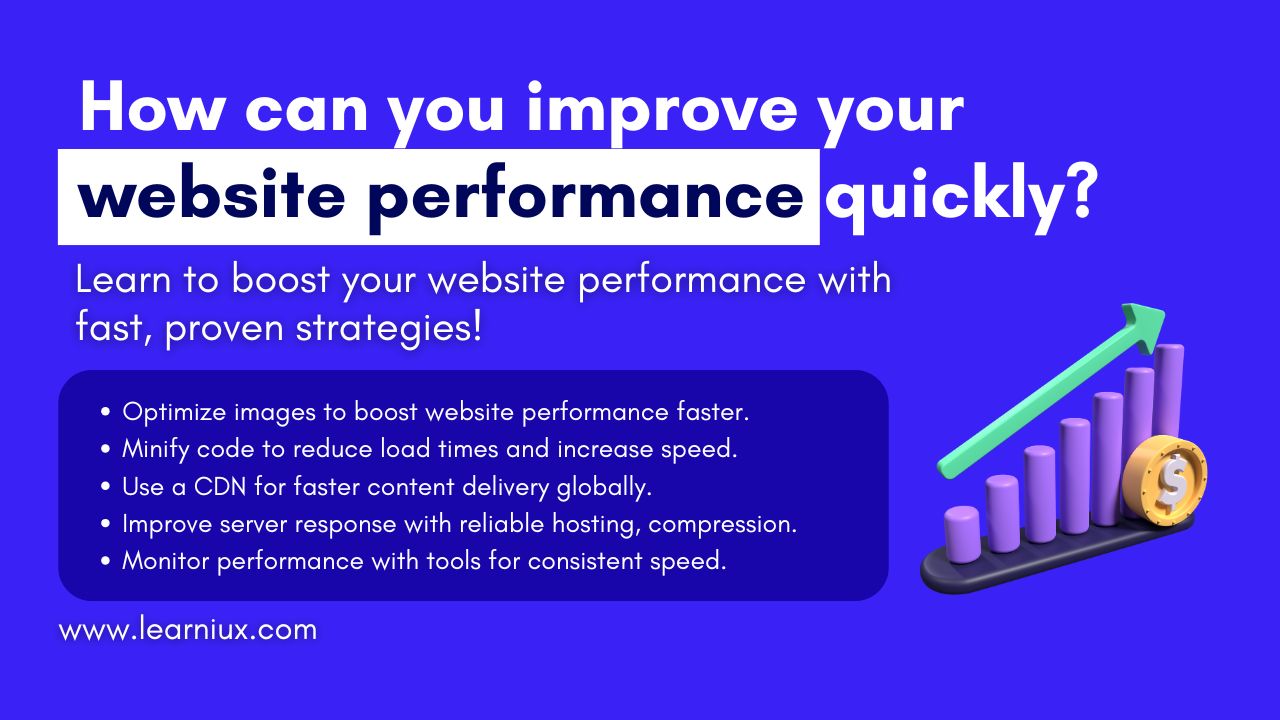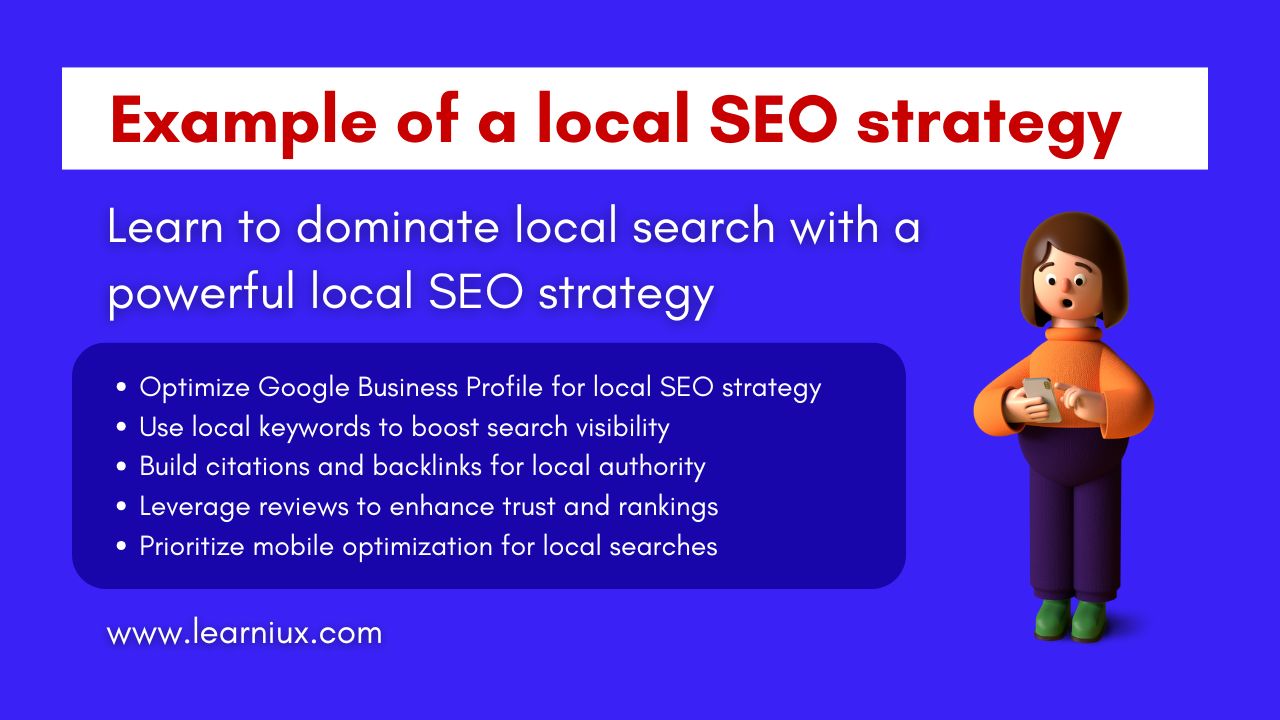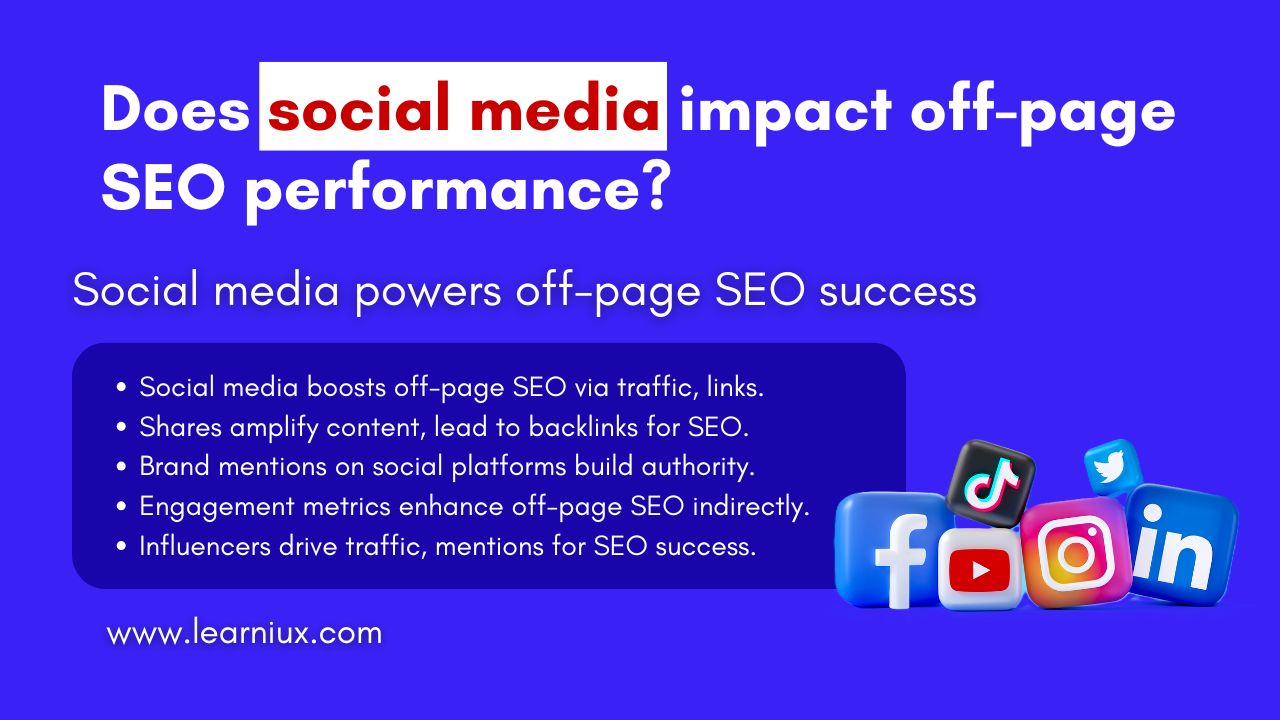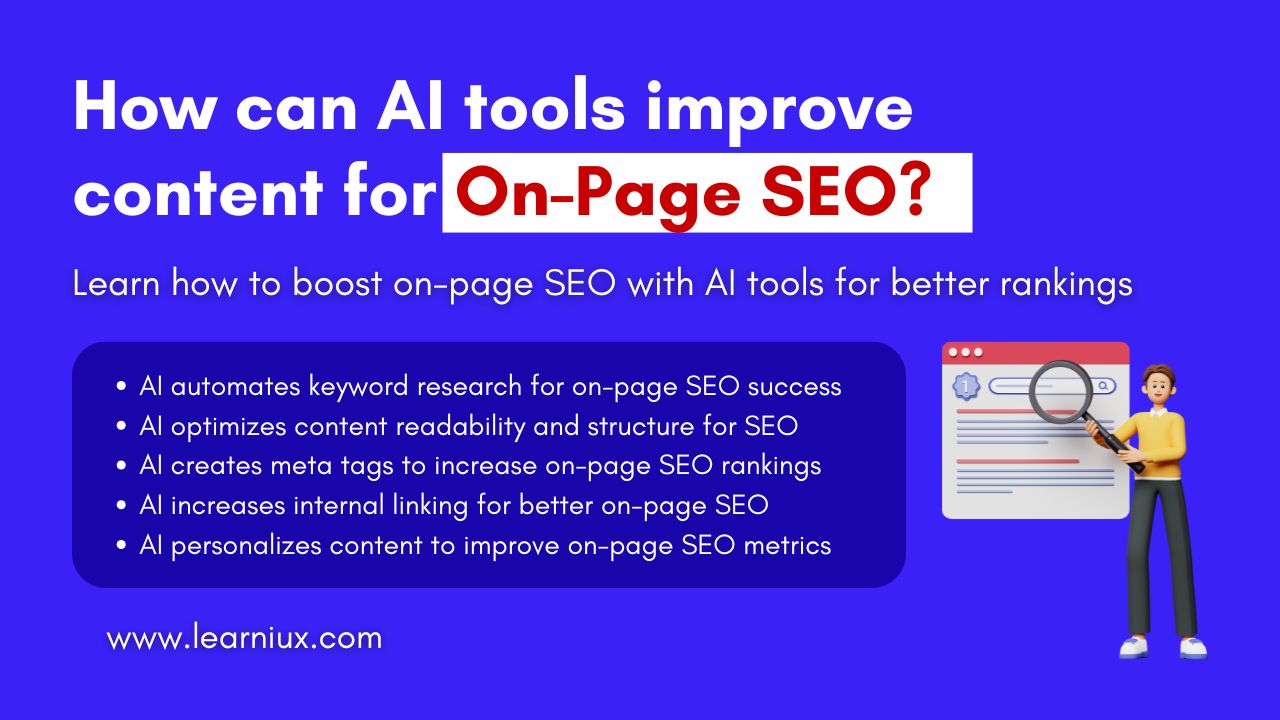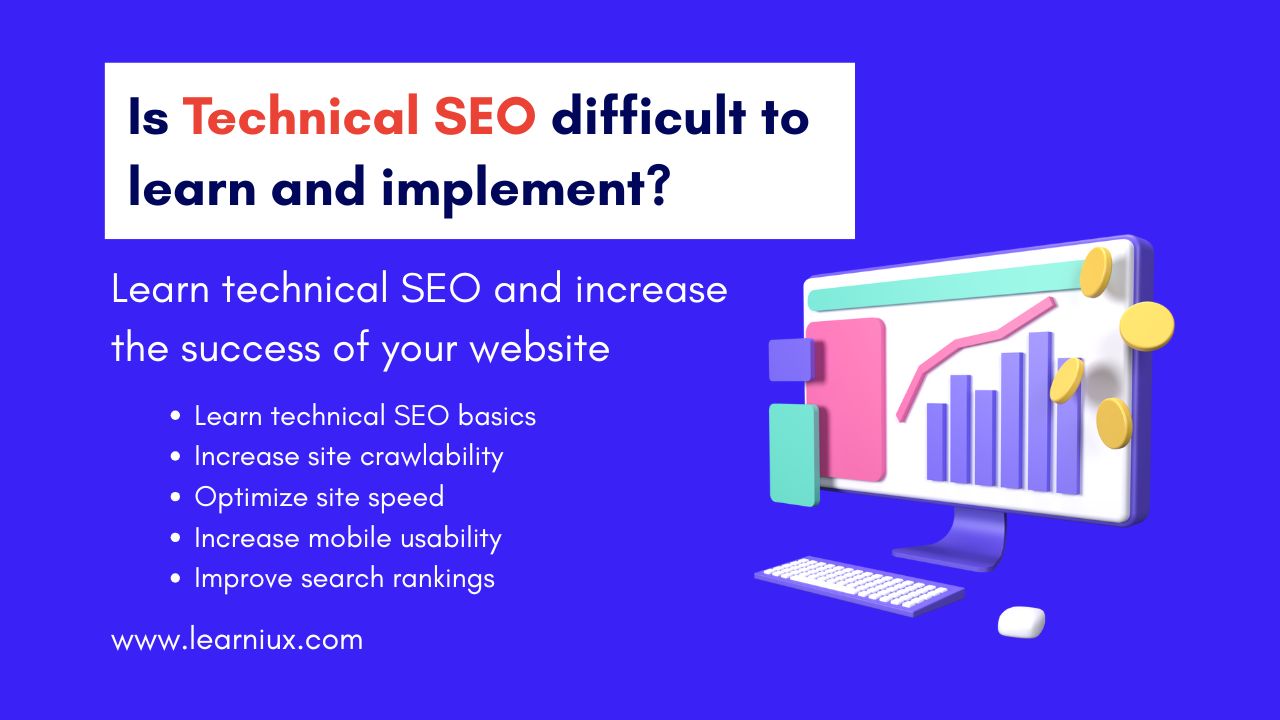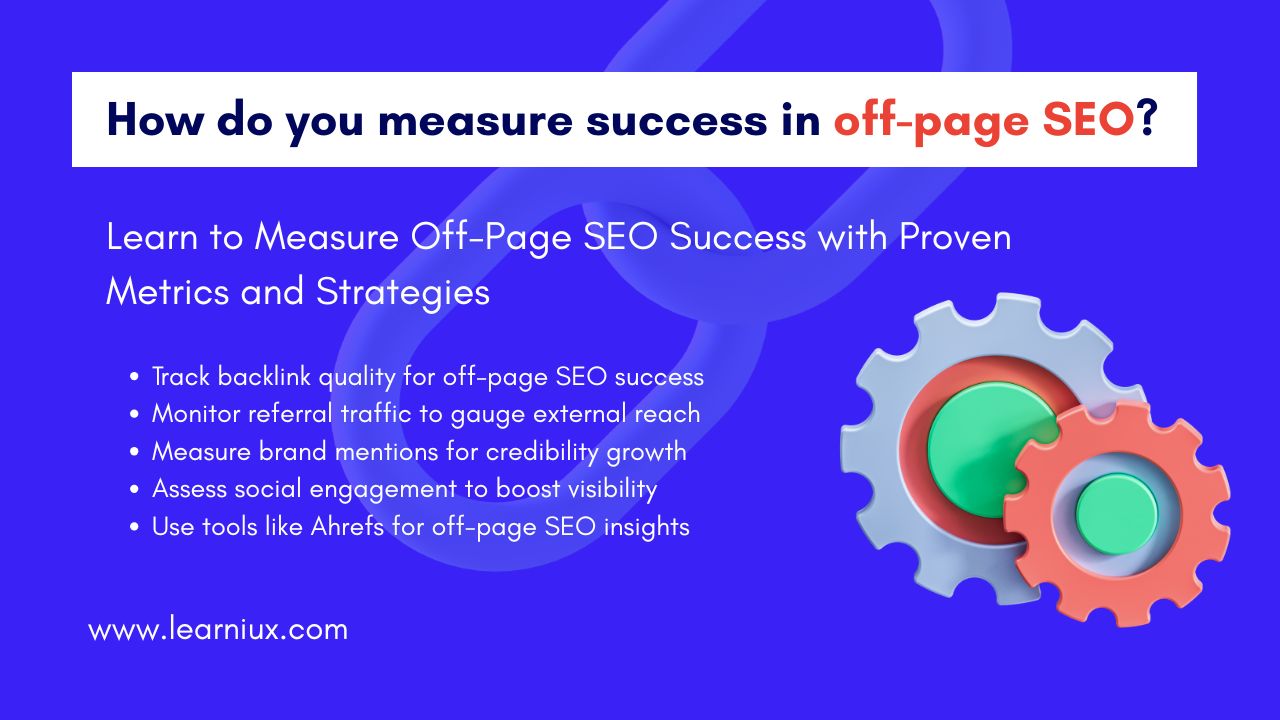In 2026, running a successful website requires a strategic mix of cutting-edge technology, user-centric design, and robust optimization techniques. As the digital landscape rapidly evolves, using tools like Google Page Speed Insights, Pingdom Website Speed, and Website Speed Test Platforms is essential to stay competitive. Updated with 2025-2026 trends, this comprehensive guide outlines actionable steps to improve website performance, increase site speed, and ensure long-term success. Whether launching a new site or improving an existing one, this 2000-3000 word article covers web page performance testing strategies, SEO, content, security, and more, covering essential keywords like check website speed, page speed test, and website performance test.
Embracing Emerging Web Design Trends in 2026
Modern websites in 2026 should captivate users with innovative designs while maintaining website speed and functionality. Immersive technologies like AI-powered interfaces, hyper-personalization, and AR/VR define the future. To ensure your site is performing well, use tools like Google Page Speed Checker and Pingdom PageSpeed Test to monitor site performance test metrics and optimize page speed. These tools provide actionable insights to improve website site speed test results.
Key Design Elements for Website Performance
Design trends directly impact website performance test results. Incorporate micro-animations, dark mode, and responsive 3D elements to increase user engagement without compromising page speed. Platforms like Google Page Speed Insights and Website Speed Meter Tools explain how design choices affect web page performance test scores.
- Adopt a low-code platform: Streamline development for faster updates, ensure test website speed test results remain optimal.
- Interactive UI: Integrate chatbots for seamless interactions, enhance website performance testing metrics.
- Retro aesthetics with brutality: Combine bold visuals and minimalist code to improve site page speed test performance.
Run website speed reports regularly using tools like Google Site Speed Checker to identify bottlenecks. For example, compressing images and leveraging WebGL can increase website speed while maintaining visual appeal. Testing with Website Checker ensures that your design matches expectations for 2026.
Optimize for mobile and accessibility
Mobile-first design cannot be compromised, as internet site speed test results greatly influence user perception. Use Google Web Page Speed Insights to ensure that page performance test scores align with mobile standards. Accessibility features like alt text and voice navigation make your site more accessible.
- Responsive design: Ensure layouts are optimized across all devices, as verified by a test website tool.
- Accessibility audit: Use a website checking site to confirm compliance with WCAG standards.
- Fast load times: Aim for less than 2 seconds as measured by Google Page Speed Test or Site Speed Test tools.
By prioritizing these, your website speed test results will reflect a user-friendly experience and speed in 2026.
Mastering SEO Strategies for 2026 Success
SEO in 2026 revolves around AI-driven algorithms and user intent, with tools like Google Page Speed Analysis and online website analytics playing a key role. Building entity authority through E-E-A-T (Experience, Expertise, Authorization, Trustworthiness) is key to ranking, as is optimizing for speed metrics to test websites.
Advanced SEO Strategies to Boost Website Performance
To excel in website performance test rankings, focus on Google Website Speed Test and Page Speed Insights. These tools help optimize for zero-click searches and conversational queries that will dominate in 2026.
- Generative Engine Optimization (GEO): AI-driven content creation for search engines, improving Google results to test website speed.
- Branded Search Strategy: Use low-competition keywords to drive traffic verified by the Website Speed Report.
- Structured Markup: Increase visibility with schema, boost Google Page Speed Checker performance.
Regularly monitor websites using the Google Site Speed Report to check web page performance. For example, creating “How We Choose” video content can improve Google Site Metrics’ test speed, while backlink strategies increase domain authority.
Use Analytics for SEO
Analytics tools like Google Page Speed Insights and Pingdom Website Speed provide data on website Site Checker performance. Track metrics like CTR, impressions, and page speed test scores to improve strategies.
- Keyword Research: Target niche terms to improve your website’s internet speed rankings.
- Content Updates: Refresh your blog with 2025-2026 insights to maintain the relevance of your site performance test.
- Backlink Audit: Use a website testing site to ensure quality links, boost your Google website page speed test results.
By aligning your SEO check with your website page speed goals, your site will thrive in the competitive landscape of 2026.
Website Performance Optimization in 2026
Website performance is the backbone of a successful site, directly impacting check site performance and user satisfaction. Tools like Google Web Speed Test, Website Speed Meter, and Test Webpage Speed Platform are essential to maintaining site page speed test excellence.
Essential Components for Website Performance
Optimization for speed, security, and scalability is essential to achieving top web page performance test scores. In 2026, 5G networks require net speed test website compatibility, while network speed test website tools ensure global accessibility.
- Image Compression: Reduce file size to improve website site speed test results, as verified by Google Page Speed Checker.
- Content Delivery Networks (CDNs): Deliver content globally for faster internet site checker performance.
- AI-powered optimization: Use predictive tools to anticipate issues, increase your check web performance metrics.
Run a weekly website speed test using Google Website Speed Test or Pingdom PageSpeed Test to identify slowdowns. For example, testing website page speed by prioritizing visible content due to lazy loading can improve it.
Technical optimization techniques
Technical changes can significantly increase check page performance. Minify CSS/JS, enable browser caching, and use modern formats like WebP for images to increase your Google Page Speed Test score.
- Server-side rendering: Improve your website’s Google test speed by rendering pages faster.
- AMP implementation: Use Accelerated Mobile Pages for mobile site speed test excellence.
- Error monitoring: Use a web speed testing tool to quickly find and fix 404 errors.
With this in mind, your website performance test will reflect a robust, high-speed site in 2026.
Creating a compelling content and marketing plan
Content in 2026 should be dynamic, personalized, and optimized for website speed testing. Use Google Page Speed Analysis to ensure that content doesn’t hinder page speed. Evergreen Blogs, updated with 2025-2026 insights, make website performance testing a success.
Integrating Content with Website Performance
High-quality content increases web page time and improves check web page performance. Use AI for personalized recommendations, improve website speed and engagement.
- Evergreen Content: Create timeless posts that are updated regularly to test website relevance.
- Video Content: Embed short, optimized videos to boost Google webpage speed test metrics.
- Social Media Funnel: Drive traffic to your site, treat it as a hub for your internet site speed test campaign.
Use speed checking website tools to ensure that content is not slowing down your website. Email campaigns and influencer partnerships further enhance Google Page Speed Insights performance.
Measuring Content Success
Track website performance testing metrics like conversions and bounce rate using Google Site Speed Checker. Adjust strategies based on website speed testing data to maintain relevance.
- Analytics Dashboard: Use Google Page Speed Analysis for real-time insights.
- A/B Testing: Experiment with content formats to optimize your test website for speed results.
- User Feedback: Incorporate surveys to refine your test website page speed strategies.
This approach will ensure that your content passes site performance testing in 2026.
Ensuring Security and Continuous Maintenance
Security is the most important consideration in 2026, with increasing cyber threats affecting the performance of your website. Use AI-monitored firewalls and website checking site tools to secure your website speed.
Maintenance Tips for Continuous Website Performance
Regular maintenance ensures the excellence of Google Site Speed Test. Schedule a weekly Website Checker audit to detect issues like broken links or outdated plugins.
- Data Backup: Protect your website from damage by ensuring the reliability of your Google Site Speed Test.
- Accessibility Updates: Add alt text and voice navigation for website site checker compliance.
- Software Updates: Keep your CMS and plugins up to date to maintain Google Website Speed Test performance.
Use Google Page Speed Checker to monitor site speed and quickly fix vulnerabilities. Complying with 2026 data privacy laws further enhances your website performance.
Scaling for Future Growth
To future-proof your site, scale your infrastructure with the best internet speed test website compatibility. Cloud hosting and flexible servers ensure website speed test performance during traffic spikes.
Strategies for Scalability
Plan for growth by integrating scalable solutions that maintain page speed test excellence.
- Cloud Hosting: Use providers like AWS for internet speed website reliability.
- Load Balancing: Distribute traffic to improve website speed meter results.
- AI Analytics: Predict traffic patterns for optimization with Google Web Page Speed Insights.
Check Scalability Website Speed Test your website page speed regularly to ensure that it doesn’t compromise Google metrics.
Conclusion
To run a successful website in 2026, a comprehensive strategy that combines innovative design, strong SEO, engaging content, robust security, and scalability is essential. Tools like Google Page Speed Insights, Pingdom Website Speed, and the Website Speed Test Platform are essential for optimizing website performance and ensuring fast site speed. By adopting AI-driven designs like hyper-personalized interfaces and responsive 3D elements, you can enhance the user experience while maintaining page speed test excellence. Additionally, focusing on SEO tactics like generative engine optimization (GEO) and E-E-A-T principles will ensure that your site ranks high in the AI-driven search landscape of 2026. Regularly updating content with 2025-2026 trends and using website checker tools to check website speed metrics will keep your site competitive and user-friendly.
Security and scalability are equally important for long-term success. Implementing AI-controlled firewalls and auditing website performance tests weekly with tools like Google Site Speed Checker protects against cyber threats and maintains test website page speed. Scalable infrastructure like cloud hosting and load balancing ensures that your site handles traffic spikes without compromising Google Page Speed test results. By leveraging website speed meters and Google Page Speed analysis, you can proactively address bottlenecks. Start using these strategies today to build a resilient, high-performing website that delivers exceptional page performance and user satisfaction that will thrive in the dynamic digital landscape of 2026.
FAQs
Why is website performance important for success in 2026?
Website performance in 2026 directly impacts user satisfaction and search engine rankings. Tools like Google Page Speed Insights and Pingdom Website Speed help optimize site speed test metrics, which reduces load times to less than 2 seconds. Faster websites reduce bounce rates, improve engagement, and conversions. In 2026, AI-powered algorithms prioritize website speed test results for better visibility. Regular web page performance test audits identify bottlenecks like unoptimized images. Security also plays a role, as vulnerabilities can slow down the inspection of website speed metrics. Using a website speed meter, you can monitor performance on a consistent basis. By focusing on page speed test excellence, your site remains competitive. This holistic approach ensures a seamless user experience in the fast-paced digital landscape of 2026.
How can I optimize my website speed in 2026?
Optimizing website speed in 2026 includes using tools like Google Web Speed Test and Website Site Speed Test. Compress images and use WebP format to reduce load times as verified by Page Speed Insights. Implement CDN for faster global access, increasing internet site speed test results. Minify CSS/JS and enable browser caching to increase Google Page Speed Checker scores. AI-powered predictive tools predict issues, check web performance to improve. Regular website speed report audits using Pingdom PageSpeed Test ensure consistent performance. Adopt 5G-compatible design for fast net speed test website delivery. Monitor test webpage speed to maintain mobile responsiveness. These steps will ensure your site excels in Google Site Speed Test metrics in 2026.
What SEO strategies should I focus on in 2026?
In 2026, SEO relies on AI-driven strategies like Generative Engine Optimization (GEO) to boost website performance test rankings. Prioritize E-E-A-T principles to build presence authority, improve Google Page Speed analysis. Use website analytics online tools to target low-competition keywords for internet speed website visibility. Create “How We Choose” video content to boost Google Site Speed metrics. Structured markup improves website page speed and search visibility. Update content regularly with 2025-2026 insights to maintain site performance test relevance. Strengthen domain authority with backlink strategies verified by website testing sites. Monitor Google Website Speed Test metrics like CTR and Impressions. These tactics will ensure your site thrives in the competitive search landscape of 2026.
How to Make Sure My Website is Mobile-Friendly in 2026?
Mobile-friendliness is crucial for website speed and user retention in 2026. Use Google Page Speed Test to ensure that page performance test scores align with mobile standards. Implement responsive design that is optimized across all devices as verified by Test Website Tools. AMP (Accelerated Mobile Pages) increases website site speed test performance on mobile. Optimize images and use lazy loading to improve Google webpage speed test results. Accessibility features like alt text increase website checking site compliance. Run Internet Site Checker audits regularly to detect mobile-specific issues. AI-driven personalization ensures a seamless experience, improving check web page performance. These steps guarantee a top score in the Google Site Speed Report in 2026.
What is the role of content in website success in 2026?
Increase website performance by increasing content engagement and page speed test metrics in 2026. Evergreen Blogs, updated with 2025-2026 insights, increase website page speed and SEO. Use AI for personalized recommendations, increase website performance test results. Embed optimized videos to improve Google Page Speed Insights without slowing down site speed. Social media funnels drive traffic, making your site a hub for internet site speed test campaigns. Track web performance metrics like time spent using Google Site Speed Checker. A/B testing for speed optimization refines content for test websites. High-quality, relevant content ensures Google Website Page Speed Test success in the dynamic digital landscape of 2026.
How can I improve website security in 2026?
Security is key to website performance and user trust in 2026. Use an AI-monitored firewall to protect against cyber threats, ensuring website speed remains unaffected. Regular website checker audits detect vulnerabilities such as outdated plugins. Implement HTTPS and SSL certificates to increase Google Page Speed Checker trust signals. To prevent damage, test speed Google Take frequent backups of data to maintain site reliability. Use website checking site tools to monitor for malware. Comply with 2026 data privacy laws to enhance web page performance. Schedule weekly website performance test checks to resolve issues quickly. These measures ensure a secure, high-performing site in 2026.
What tools should I use to monitor website performance in 2026?
Tools like Google Page Speed Insights, Pingdom Website Speed, and Website Speed Meter are needed to monitor website performance in 2026. These platforms provide detailed website speed report data on load times and page speed test metrics. Google Site Speed Checker tracks mobile and desktop website speed Google performance. Web speed testing tools like Test Webpage Speed identify bottlenecks. Use Google Page Speed Analysis for real-time SEO insights. Website Site Checker Dashboard monitors page performance metrics like CTR. Regular site performance test audits ensure consistent Google web speed test results. These tools keep your site optimized for the competitive landscape of 2026.
How do I scale my website for traffic spikes in 2026?
Scaling for traffic spikes in 2026 requires the best internet speed test website consistency. Use cloud hosting like AWS to ensure website speed test reliability. Load balancing distributes traffic, improving Google Page Speed Test performance. AI analytics predict patterns, optimizing website page speed during peak times. Regular testing for speed checks ensures that website scalability does not compromise site page speed test results. Implement resilient servers to handle demand, as verified by website speed meters. Monitor Google Site Speed Report to detect slowdowns. These strategies to maintain check web performance during high traffic in the digital environment of 2026.
Why is accessibility important for websites in 2026?
Accessibility ensures inclusivity and increases website performance test metrics in 2026. Check website speed and user experience are improved due to features like alt text and voice navigation. Compliance with WCAG standards increases Google Page Speed Insights rankings. Use website checking site tools to perform accessibility audits regularly. Optimized accessibility features do not reduce page speed test performance. AI-powered tools personalize the experience for different users, improving test website metrics. Accessibility also meets the 2026 regulations, increasing check site performance. Regular Google Website Speed Test Audits Ensure Compliance. How Prioritizing Accessibility Can Increase Engagement and Success in 2026.
How Can AI Grow My Website in 2026?
AI Revolutionizes Website Performance Through Personalization and Predictive Maintenance in 2026. Use AI for Hyper-Personalized Content, Improve Page Speed Insights, and Improve Engagement. Predictive Tools Predict Issues, Improve Website Page Speed Results. AI-Powered Chatbots Boost Website Performance Testing by Streamlining Interactions. Optimize Google Web Page Speed Insights with AI-Powered SEO Tricks Like GEO. Regular Website Speed Test Audits Using Google Site Speed Checker Ensure AI Integrations Don’t Slow Down Site Speed. AI Also Strengthens Security, Improves Web Performance. These Advancements Make Your Site Competitive in the Digital Landscape of 2026.





















